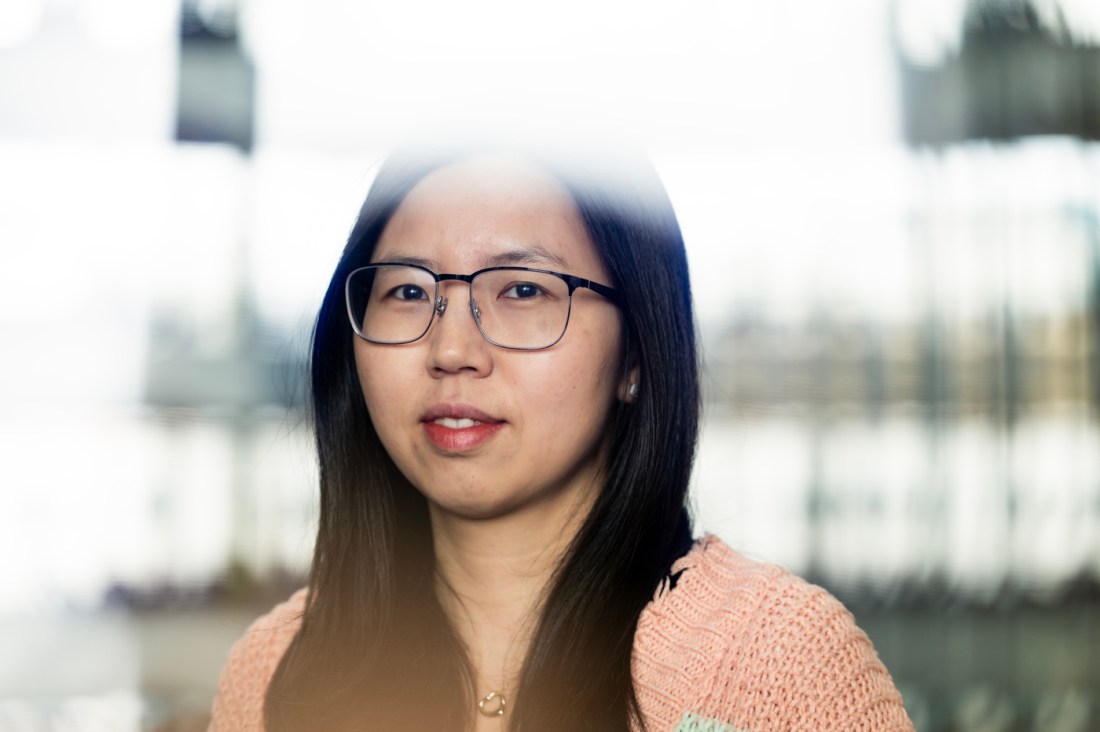Computer systems are only becoming more distributed — that is, multiple machines are more and more often being asked to work in concert toward a certain goal.
Lili Su, assistant professor of electrical and computer engineering, says that larger and larger arrays of machines working in tandem bring with them equally large challenges to solve, from the question of how to protect the privacy of human users to simply keeping all the machines communicating.
Su’s research focuses on “how to develop resilient, scalable distributed algorithms,” especially for “error-prone and adversarial” environments.

Her work with “federated learning” — a particular mode of distributed system — is especially “privacy-preserving and communication-efficient.”
In support of this research, Su has received a National Science Foundation (NSF) CAREER Award, which “supports early-career faculty who have the potential to serve as academic role models in research and education and to lead advances in the mission of their department or organization,” the NSF states in its description of the program.
Su says that large distributed systems are needed in two cases — the first is when a particular problem is “way too large to be solved by a single machine” and requires multiple devices to “decompose the original problem into smaller pieces and combine the solutions together.”
The second situation is when a “problem arises in that the system itself is distributed.” Su points to autonomous vehicles and drone swarms as examples of the latter kind of multi-agent system.
Privacy issues can surface, for example, when a multi-agent system gains access to the origin or destination of a rider in an autonomous vehicle, or when other personal data becomes visible.
Su explains that the algorithms controlling multi-agent systems often require two entities: the “data provider” and the “learner.” In typical systems, the data provider shares information with the learner, which then makes decisions based on that data.
But federated learning comes with “different layers of privacy protection,” she says. “In reality, data providers don’t have to provide the [real] data.” Where the origin of a vehicle might constitute sensitive information, the data provider can instead provide trajectories for a vehicle to travel, rather than a specific address, thus isolating the learner from the real data.
Su says that the benefits of federated learning have gone underestimated until now. “The publication base,” she notes, consists of “small-scale datasets, so the testing, the evaluation [in those papers] is relatively limited and the conclusions — sometimes — are misleading.
“In the proposal” for the CAREER Award, she continues, “we identify some phenomena where the theory and the real-world, practical observations are in sharp conflict with each other.”
While other NSF awards support shorter-term, specific projects, Su says, the CAREER Award “helps you establish your career in a certain direction” by orienting around a specific problem.
Su says she feels confident the award will assist her in proving federated learning’s utility and in building algorithms that scale sustainably across large, distributed systems.
In addition to supporting Su’s research and the hiring of Ph.D. student researchers — who Su refers to as “the next generation of researcher” — Su and her team will also use the award for computer science education in K-12 schools around Boston.
For younger grades, they plan on developing puzzles and demonstrations around computer science topics — but for high schoolers, the award will bring students in for six weeks of summer research.
“I think [six weeks is] a reasonable duration for the students to get inspired and to trigger interest in a direction — and if they want to continue, I’m more than happy to work with them.”
Su says she once even supported a high school student who became the lead author on a published paper. That student has now matriculated to the University of California, Berkeley.
In conclusion, Su notes how proud she is to work with all of her students, who are “not only very talented, but also fantastic collaborators,” she says.
“I’m proud to be on a team with them.”
